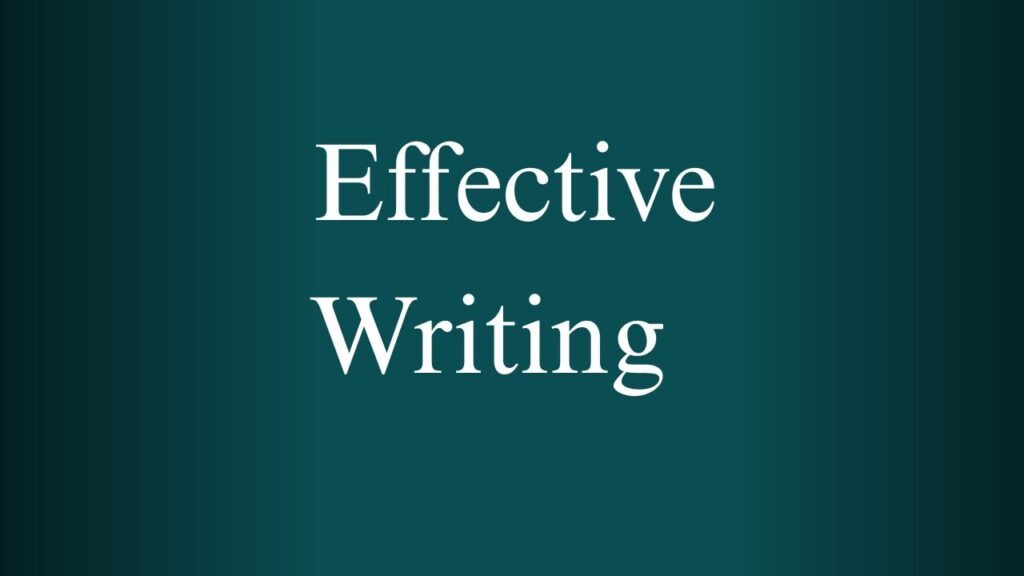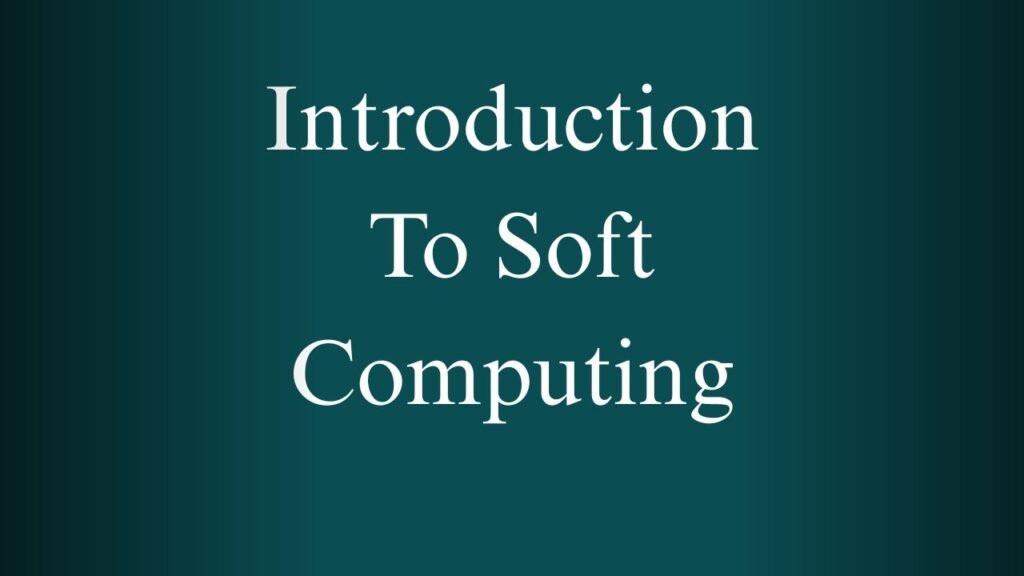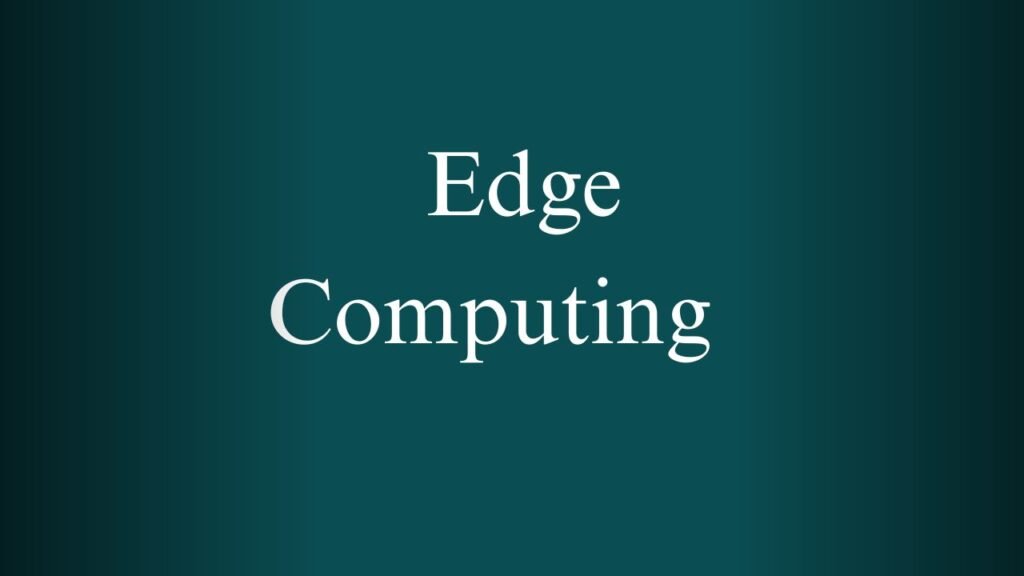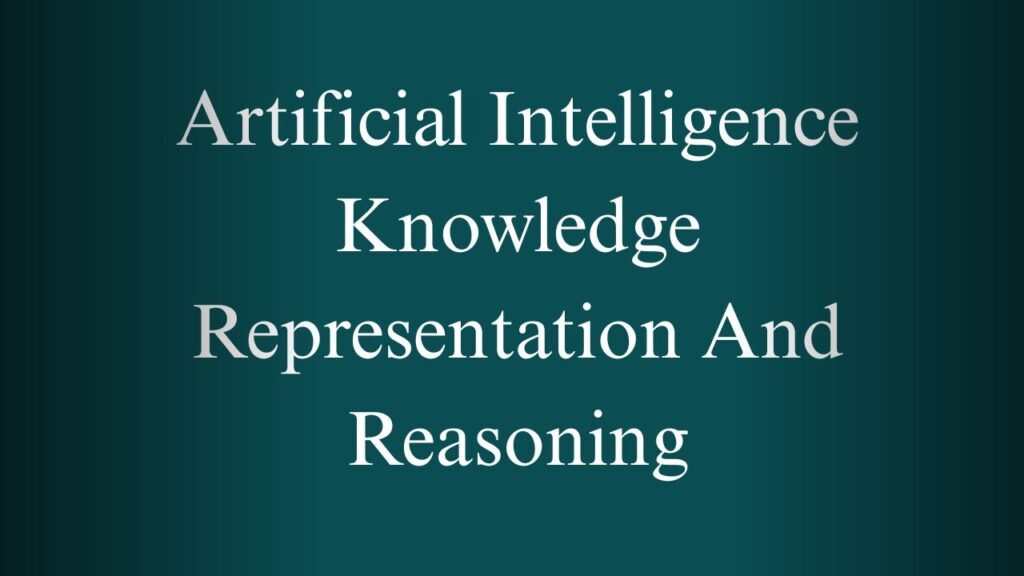NPTEL Intellectual Property Week 1 And 2 Assignment Answers 2025
1. Intellectual Property are,
a) Intangible ✅
b) Tangible
c) Either tangible or intangible
d) Real property with defined boundaries
Explanation:
Intellectual Property (IP) refers to creations of the mind such as inventions, literary and artistic works, symbols, names, and images used in commerce — these are intangible assets.
2. The duration of the Design protection is
a) 15 years ✅
b) 20 years
c) Lifetime
d) None of the above
Explanation:
In India, design protection under the Designs Act lasts for 10 years, extendable by 5 years, making a total of 15 years.
3. What does a Trademark protect?
a) Creative Works
b) Visually appealing works
c) Works/symbols which act as source-indicator of goods/services ✅
d) Technological Inventions
Explanation:
A Trademark identifies and distinguishes the source of goods or services, such as logos, names, or symbols.
4. Which of the following Treaties/Convention is related to Copyright?
a) Paris Convention
b) Berne Convention ✅
c) Madrid Treaty
d) NICE Agreement
Explanation:
The Berne Convention deals with the protection of literary and artistic works (i.e., Copyright).
5. Statements on Patent and IP Rights:
Statement 1: Patents are territorial.
Statement 2: IP Right refers to legal entitlement and protection.
✅ Answer: Statement 1 and 2 both are True
Explanation:
Patents are valid only in the country where granted. Also, IP rights are enforceable legal rights.
6. Statements on National Treatment and IP Economics:
Statement 1: National Treatment denies foreigners equal protection.
Statement 2: IP is a public good (non-rivalrous, non-excludable).
✅ Answer: Statement 1 is false, Statement 2 is true
Explanation:
National Treatment ensures equal protection for foreign nationals. IP is a public good because usage by one doesn’t reduce its availability to others.
7. For which of the following IP can compulsory licenses be issued?
a) Patents ✅
b) Trademark
c) Geographical Indication
d) All the above
Explanation:
Compulsory licenses are issued primarily in the case of patents, especially for public health and national interest.
8. As per TRIPS agreement, conditions for patent grant include:
a) Novelty ✅
b) Inventive Concept ✅
c) Obviousness
d) Utility ✅
Explanation:
To be patentable, an invention must be:
- Novel (new)
- Inventive (non-obvious)
- Useful (industrial applicability)
9. Examples of Substantial Objections in First Examination Report (FER):
a) Not patentable subject matter ✅
b) Obvious for a person skilled in the art ✅
c) There is no Prior Art
d) References Preceded in the art ✅
Explanation:
Substantial objections include:
- Lack of novelty
- Obviousness
- Not patentable subject matter
- Prior art references that predate the application
10. Characteristics of IP are:
a) Have commercial value ✅
b) Enforceable in nature ✅
c) It can be easily replicated ✅
d) Capable of being registered ✅
Explanation:
IP is valuable, legally enforceable, can be copied (hence needs protection), and is often registered for protection.
NPTEL Intellectual Property Week 2 Assignment Answers 2025
1. The turnover of a startup should not exceed
a) 25 crores within the 5 years period
b) 100 crores within the 10 years period ✅
c) 20 crores within the 5 years period
d) 20 crores within the 7 years period
Explanation:
As per the Startup India definition, a startup must have less than ₹100 crore turnover and be within 10 years from incorporation.
2. Novartis patent was for-
a) Beta crystalline form of Imatinib Mesylate ✅
b) Alpha crystalline form of Imatinib Mesylate
c) Gamma crystalline form of Imatinib Mesylate
d) None of the above
Explanation:
The Novartis case (India) concerned the beta crystalline form of the anti-cancer drug Imatinib Mesylate, which was denied a patent under section 3(d) for not showing enhanced efficacy.
3. The ability of mass duplication in intangible assets exists because of the trait:
a) Sunkenness
b) Scalability ✅
c) Liquidity
d) None of the above
Explanation:
Scalability means intangible assets like IP can be replicated with negligible marginal cost, unlike physical goods.
4. Definition of start-Up is in
a) Rule 2 f(b) ✅
b) Rule 4 a
c) Rule 20
d) Rule 16
Explanation:
The definition of startup is specified in Rule 2(f)(b) of relevant startup policies/notifications.
5. Startup validity statements:
Statement 1: A startup ceases to be one after 7 years from incorporation.
Statement 2: Biotech startups also cease to be one after 7 years.
✅ Answer: Statement 1 is True and Statement 2 is False
Explanation:
Biotech startups are allowed a longer period — up to 10 years, unlike others which are limited to 7 years.
6. Statements on Synergies and Patent Thickets:
Statement 1: “Synergies” in IP means benefits can spread to others.
Statement 2: Strong IP reduces synergy and causes patent thickets.
✅ Answer: Both Statement 1 and 2 are True
Explanation:
- Synergies allow spillover benefits from intangibles.
- Strong IP rights can sometimes lead to patent thickets, hindering innovation.
7. The ground for Novartis patent rejection is:
a) Not an invention under section 3(d) ✅
b) Non-disclosure of biological material
c) No-Prior art found
d) Lack of inventive step
Explanation:
Section 3(d) of Indian Patent Act denies patents for new forms of known substances unless they show enhanced efficacy. This was the basis of Novartis rejection.
8. FRAND license term includes:
a) Fair and Reasonable terms ✅
b) Non-discriminatory ✅
c) Limitation of technology usage
d) None of the above
Explanation:
FRAND stands for Fair, Reasonable, and Non-Discriminatory—used for licensing standard essential patents.
9. Which of the following falls under intangible investments?
a) New technological ideas ✅
b) New Product designs ✅
c) New Business Models ✅
d) Ownership of land as asset
Explanation:
Only a, b, c are intangible assets, which do not have physical form but are commercially valuable. Land is a tangible asset.
10. The Novartis standard established after the judgment is/are:
a) Identifying the new form of the known substance ✅
b) Comparing the pharmacological properties of the known substance with new form ✅
c) Provide comparative material on enhanced efficacy ✅
d) Lack of inventive step
Explanation:
Post-Novartis judgment, for patenting a new form of a known drug, there must be proof of enhanced therapeutic efficacy, not just novelty or improved physical properties.



